Meaning Of Digital Audio Technology
Digital audio technology is the method of storing music and sound on digital devices such as hard drives, iPods, websites (servers), and CDs. To comprehend the intricacies of what this entails, we must first understand sound in and of itself.
There are articles dedicated to the physics of sound propagation in the air as well as the numerous types of audio storage formats.
It can also refer to a series of discrete samples obtained from an analog audio waveform.
Digital audio technology is made up of discrete points and it can roughly represent the amplitude of the waveform. With a greater number of samples got, the representation will also be better. So the quality of the digital will also be better.
Nowadays, there are most modern multimedia gears only process digital audio technology, and even telephones that require analog audio input transform it to digital before transmission.
Usage Of Digital Audio Technology
With the digital audio technolody development, digital storage formats are now by far the most popular, pervasive, and simple-to-use storage formats. The term digital implies that the information being kept is in the form of simple numbers (digits).
Digital audio technology recording works just like a film camera, except that instead of catching frames of light, it captures samples of sound.
The notion of Hertz is addressed in Sound in Air, although it is worth reiterating here for clarity.
Hertz is the frequency measurement unit. We use the Hertz system to check and quantify the sample rate and the frequency of sound waves.
In digital audio technology, the most common sample rate is 44.1kHz (or 44,100Hz). This is the minimum number. It must be recorded in order to mislead the human brain into thinking it is hearing a direct, original sound source.
After capturing the amplitude of the sound, the original signal more-or-less will be reconstructed in a format that is ready for storage as binary and digital data.
Finally, The sample will be rounded to a nearby digital value, it is binary encoded using the audio codec of choice. The result is a digital audio file that may be saved, played back and communicated using computers, iPods, mobile phones, and other digital audio technology.
It can also be utilized in the production stage to further modify the sound for the mixing and mastering procedures.
If the recipient wants to hear the identical sounds recorded thousands of kilometers away, he only needs a computer to read the newly encoded information. Or, he can use other hardware with the appropriate software.
Then the normal usage of digital audio technology can be also normal in our homes. When we want to accomplish a home theater system, you may need to use passive speakers or active speakers and receivers or amplifiers.
Differences Between Digital Audio Technology and Analog Audio
Analog is a constantly changing representation of a constantly fluctuating quantity. However, the term "digital" refers to the representation of these changeable qualities in terms of actual numbers, or digits.
The final two statements appear to be a little complicated, so let's try to simplify them with an example. When the numbers 1 and 2 are plotted on a number line, there are an unlimited number of points between them. The limitless number of options between 1 and 2 is what the analog symbolizes.
Digital audio technology only takes a set number of points on the line between 1 and 2 (for example, 1 14, 1 12, 1 34, and 2) into consideration. It takes a few "snapshots" of the number line, however, analog considers the entire line.
Let us apply this concept to audio, music, and the recording studio. Sound happens naturally in analog--that is, as a continuous series of waves that we perceive with our ears.
If we need to capture the sound in a fashion that shows all of the potential frequencies, we will record in analog. Then we will record digitally if we use computers to translate the sound into a sequence of numbers.
The Effects of Digital Audio Technology
Because we now predominantly listen to music in digital formats (though earlier analog formats such as vinyl have lately made a comeback), it is critical to understand how they are made and how they differ. There are many different types of digital audio technology formats, and they all own set of pros and cons.
One of the most significant barriers to audio fidelity is a lack of storage space. However, with the development of the hard drive space and processing power, we will utilize more detailed sound files with higher quality.
That being said, whether such a change is essential, helpful, or even wanted is a question that requires a definitive solution.
The quest for this solution prompted the construction of this wiki as well as the execution of the following little study: C. Brown Listening Tests. Examine the discussion of the findings, listen to the samples, and make your own decision!
Summary Of Digital Audio Technology
Sound, which is first captured as an analog electrical signal, can be sampled and stored on a hard disk or other digital storage device.
Sampling works in the same manner as a film camera does, with thousands of individual samples recorded every second. Every one of the samples needs to be quantized
Each sample must be quantized to suit as closely to a limited number of values.
After that, all those samples will be encoded in the binary language. Then those samples will be used in digital audio technology systems for distribution over the internet and other digital mediums like CDs, DVDs, flash memory (USB), and others.
Digital audio technology is unrivaled for long-term and dependable audio data storage, simplicity of sharing and copying, and the ability to listen anywhere.
Choose the right method or device to stream and record music in your house. On our website, you can also find several items with those functions, recommend the A50+ amplifier and S50pro+ preamplifier.


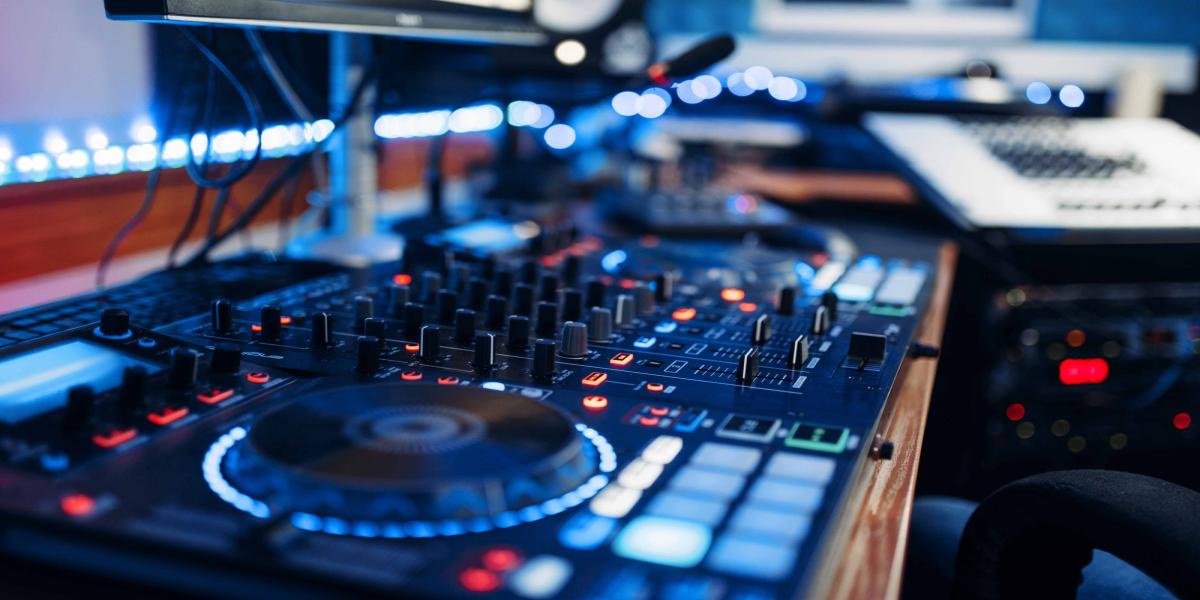
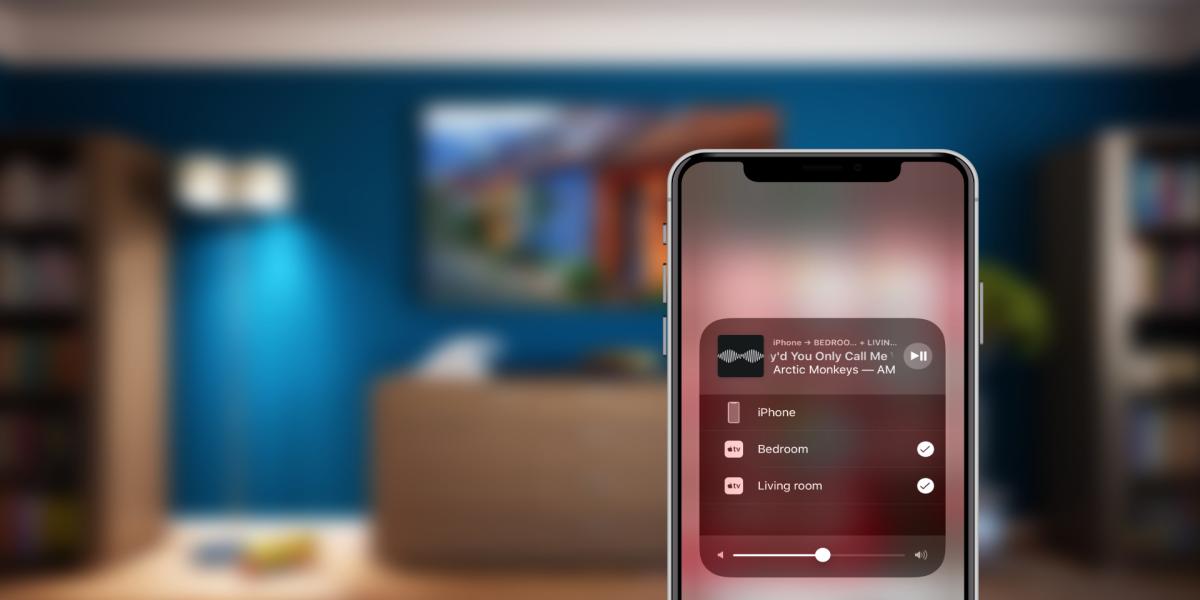
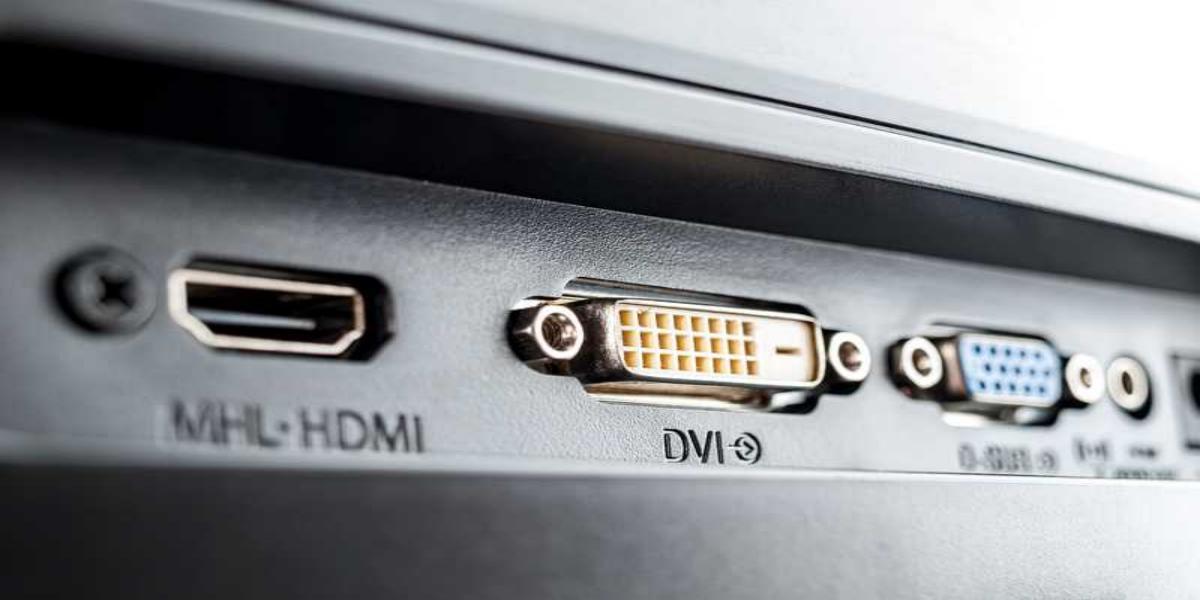
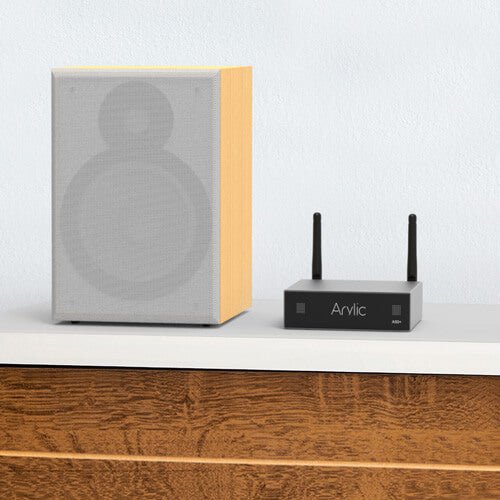
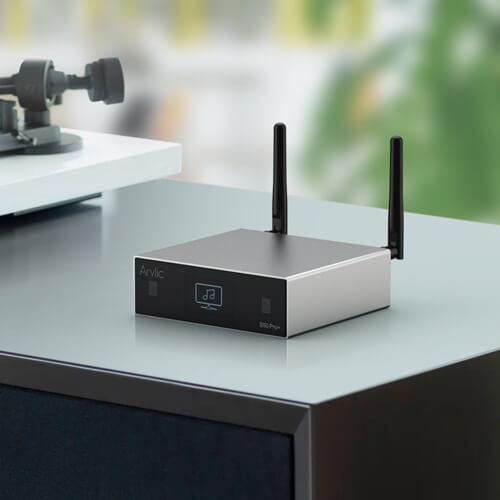
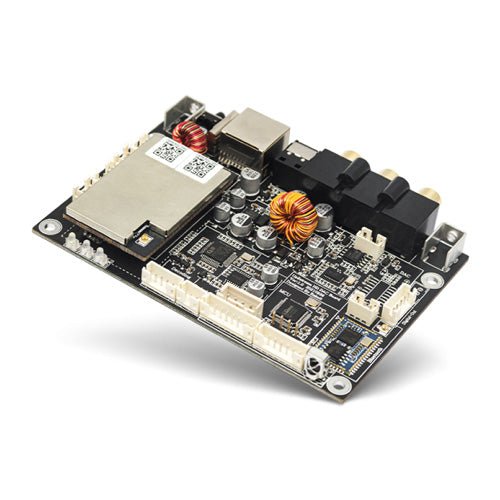
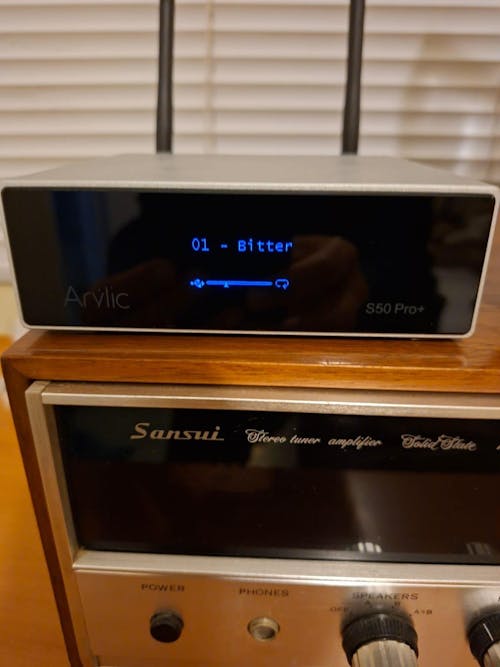
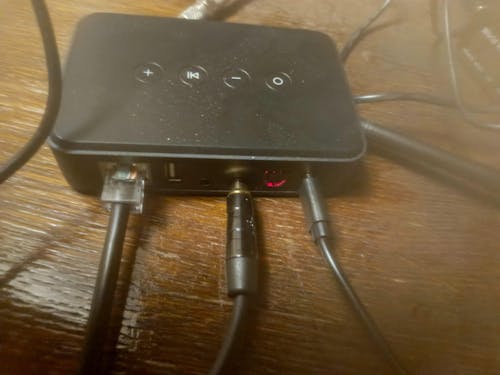
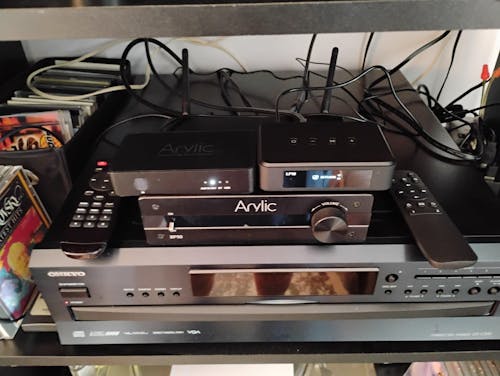
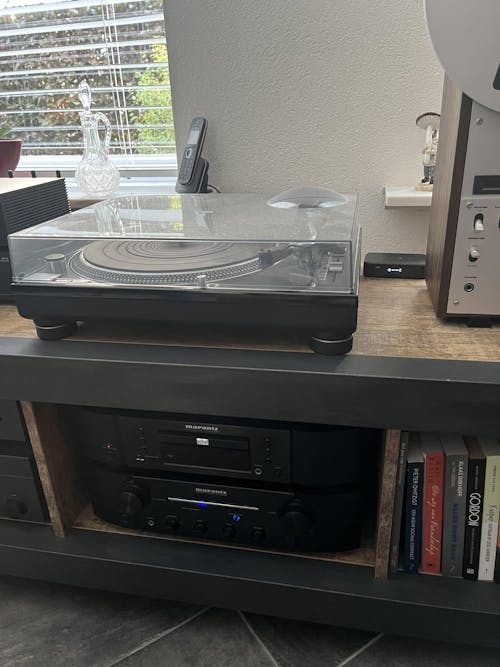
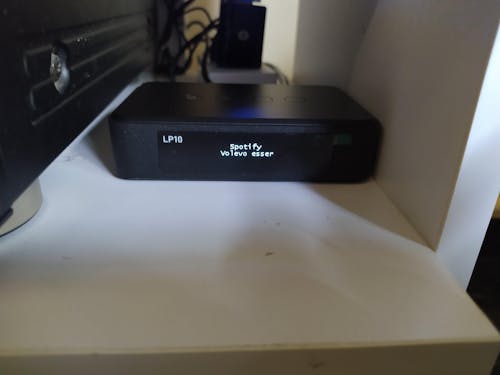
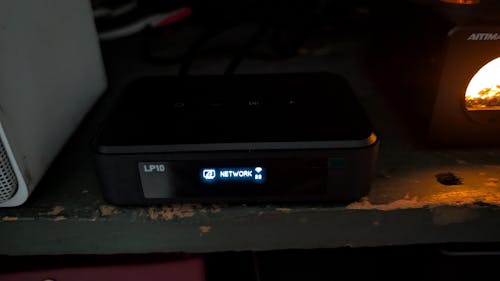
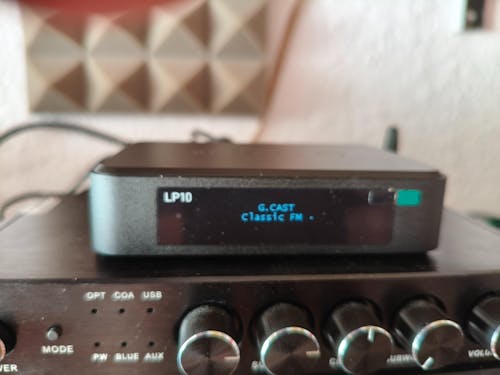


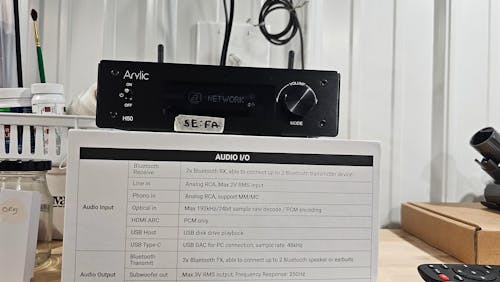
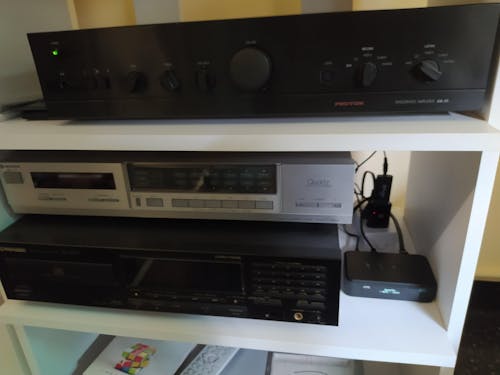
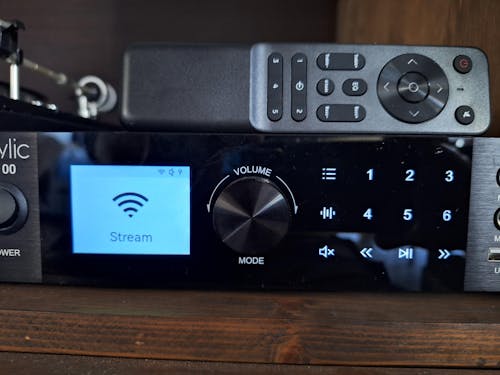
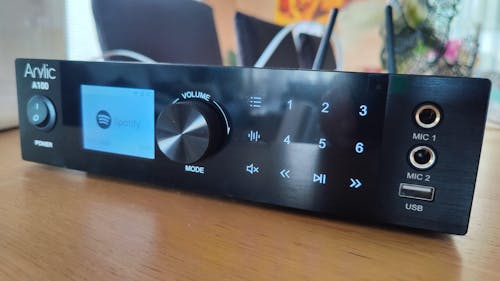

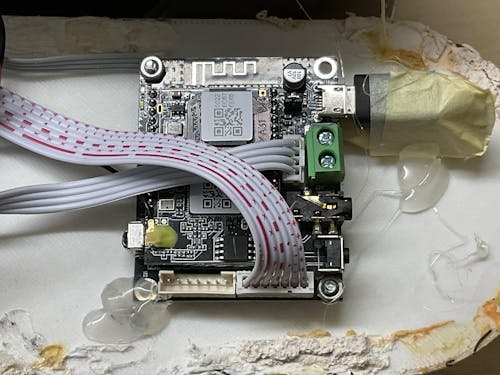
Leave a comment
All comments are moderated before being published.
This site is protected by hCaptcha and the hCaptcha Privacy Policy and Terms of Service apply.